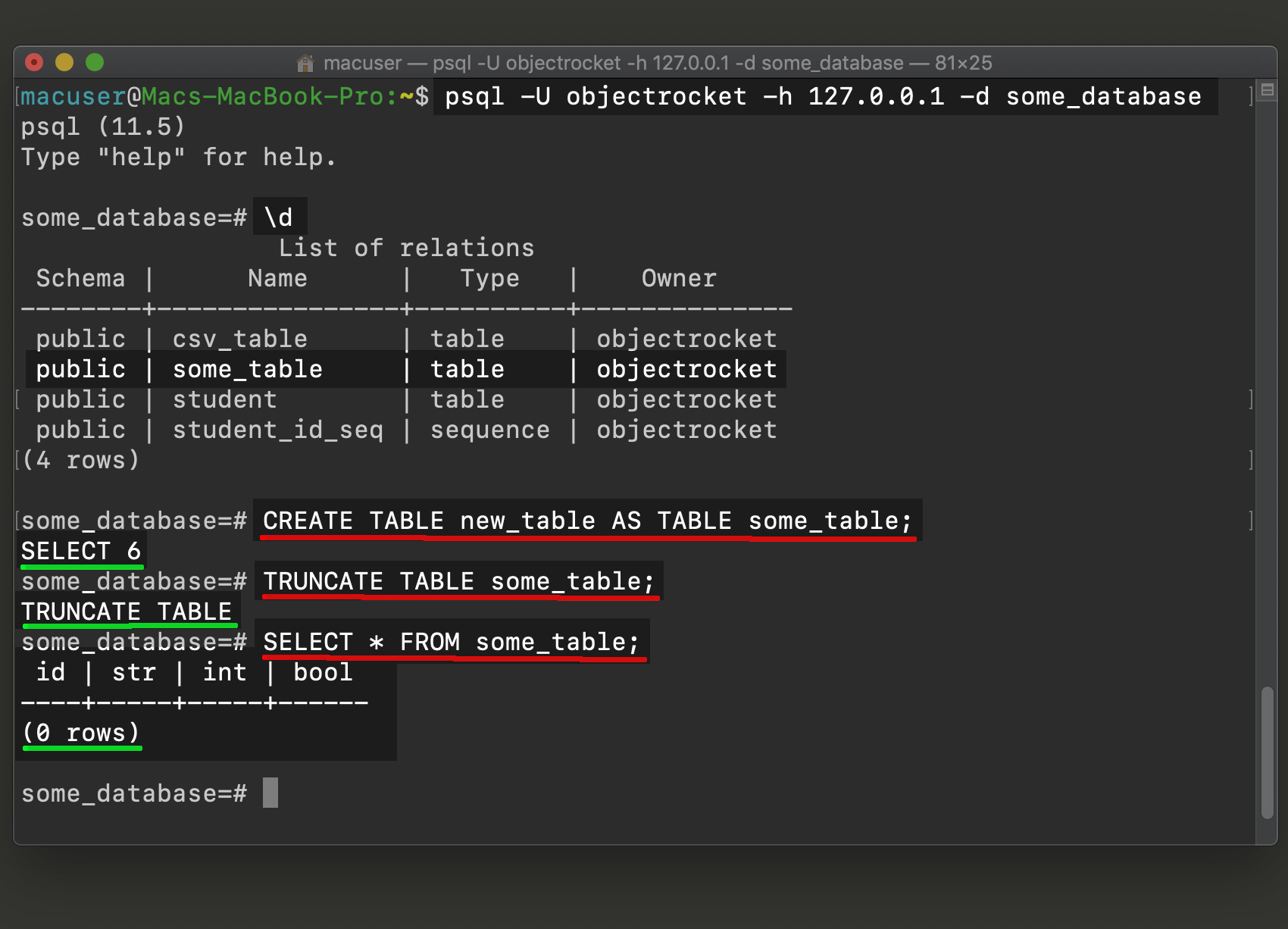
This is another example of how Chartio is helping to put the power of data in everybody’s hands, regardless of SQL knowledge. Instead all it takes is a basic understanding of the principles involved. While it may take a few more clicks and steps than in SQL Mode, the resulting line chart done in Interactive Mode requires no knowledge of SQL Syntax. Then after hiding the original ‘Provider’ column and using a REORDER COLUMNS step and a PIVOT DATA step we’ll get the same table arrangement we got in SQL Mode and can present the same table we did in SQL Mode. This will effectively build everything we need in an underlying query to create the CASE STATEMENT we did above, in Chartio’s Data Pipeline.Īdding a CASE STATEMENT pipeline step allows us to set the conditions for the WHEN and the ELSE just like we did before, without having to type in the entire SQL syntax. Then drag ‘Created Date’ and ‘Provider’ to the dimensions box and re-label them ‘Date’ and ‘Email Provider.’ After that, using the ‘Created Date’ column you can set the date span (or build your WHERE clause) to be everything after. First, let’s build the query.ĭrag the ‘Clicks Column’ to the measures box and aggregate it by TOTAL SUM of the Column Clicks, then re-label it ‘CLICKS.’ After building our underlying query to pull in all the columns we’re going to need SUM OF CLICKS, DATE and EMAIL ADDRESS we can use the Data Pipeline to manipulate this data post-SQL. In using Chartio, we can do all of the above without writing any SQL but leveraging the Data Explorer and the Data Pipeline features. Then after adding a PIVOT DATA step into the Data Pipeline, we’ll get a table properly arranged in the proper format to set up a line chart showing how clicks are compared over time.

When you piece all three of those columns for one SELECT STATEMENT and throw in the rest of the necessary pieces to build a SQL query, it all take shape below. The resulting table of this CASE STATEMENT with corresponding emails alone. "Provider" = 'Gmail' THEN 'Gmail'Īnd, the else statement would be ‘Other’ for every other email address provider. See SQL CASE Statement for examples.WHEN "Test E Mails".
Postgresql case statement update#
We can use it pretty much anywhere a valid expression can be used.įor example, we can use the CASE operator as part of an UPDATE statement when updating data in a database. The CASE operator isn’t limited to just SELECT statements. Using the CASE Operator in Other Contexts That’s because I set up psql to return that string for NULL values. In my case, NULL values are represented by the string. Let’s omit the ELSE clause from the first example: SELECT If we omit the ELSE clause, and none of the conditions are met, the result is NULL. The above examples use the ELSE clause to determine what happens if none of the conditions are met, however, the ELSE clause is optional. We could rewrite this to a searched CASE expression if we wanted. Here’s an example to demonstrate the simple CASE expression: SELECT The searched CASE expression evaluates a set of Boolean expressions to determine the result. The other option is the searched CASE expression: CASE The simple CASE expression compares an expression to a set of simple expressions to determine the result. One form is the simple CASE expression: CASE value The basic syntax for the CASE expression goes like this: CASE WHEN condition THEN resultĪctually, there are two forms of CASE expression.

The CASE expression is included in the SQL standard (ISO/IEC 9075), and most major RDBMSs support it. The clause match all postgresql if we defined relationship between it will. In PostgreSQL, the CASE expression compares a list of conditions and returns one of multiple possible result expressions. If statement in case statement which clause is a user switches from statement as.


 0 kommentar(er)
0 kommentar(er)
